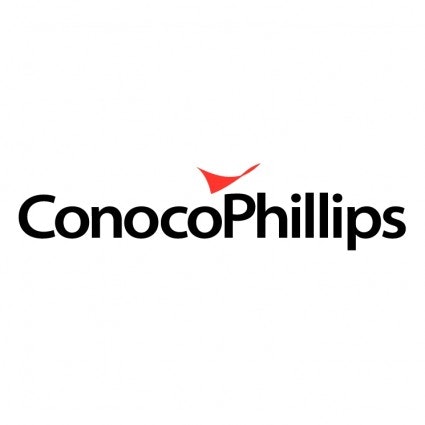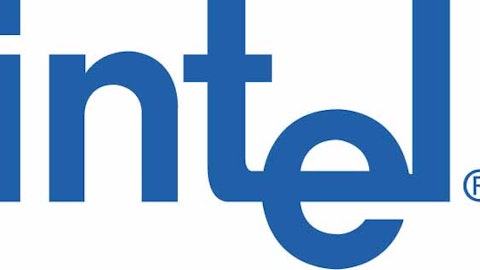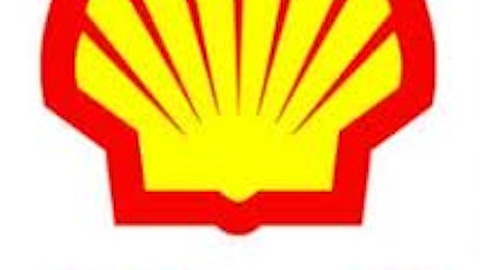It’s been a month since the three biggest U.S.-based oil and gas producers told us about their second quarters. As you know, the results from Exxon Mobil Corporation (NYSE:XOM), the kingpin, were especially disappointing, given a 57% year-over-year free fall in earnings.
However, the third-largest member of the trio, ConocoPhillips (NYSE:COP), saw its adjusted earnings catapult by about 20%, in the process topping the consensus expectation by fully $0.12 a share. The primary reasons for the differences? The Houston-based company is in the final stages of a major restructuring that’s allowed it to jettison its occasionally erratic downstream operations, eliminate upstream properties that no longer fit its proverbial pistol, and focus on plays with the highest potential, both at home and abroad.
Please take these stations
As you know, nigh onto 18 months ago, ConocoPhillips (NYSE:COP) gifted its shareholders with a spinoff of its refining and marking operations. The result was the creation of Phillips 66 , which became the corporate home of 15 refineries, 10,000 branded marketing outlets, and 15,000 miles of pipeline. Phillips shares have been good to their holders, advancing by more than 70% since the company’s birth.
At the same time, Conoco has been actively pruning its upstream assets. In the process it’s added billions of dollars to its balance sheet and induced more than a little head scratching among energy investors. Many in that group had long accepted the integrated approach as a perfectly acceptable way for major oil and gas companies to conduct their businesses.
Far fatter margins
ConocoPhillips (NYSE:COP) hasn’t stopped at laying a comparative earnings hit on Exxon Mobil Corporation (NYSE:XOM) during reporting season. If you examine the two big companies’ results over the past four quarters you’ll note that the newly independent producer has chalked up an average operating margin of 24.6%, more than twice that of its bigger, integrated Texas neighbor.
I’m attributing that startling differential primarily to two factors: First, while Phillips 66 shares have obviously done nicely since they were created, that company’s operating margins barely top a 3% 12-month average. Obviously, then, Conoco has benefited by no longer being dragged down by puny downstream returns. And second, the company has been levitated by having trimmed marginal properties and pushed increased capital at those that are more promising.
Pruning properties
In early 2013, ConocoPhillips (NYSE:COP) unloaded its Cedar Creek Anticline properties to enhanced oil recovery specialist Denbury Resources Inc. (NYSE:DNR) for $1.7 billion.





